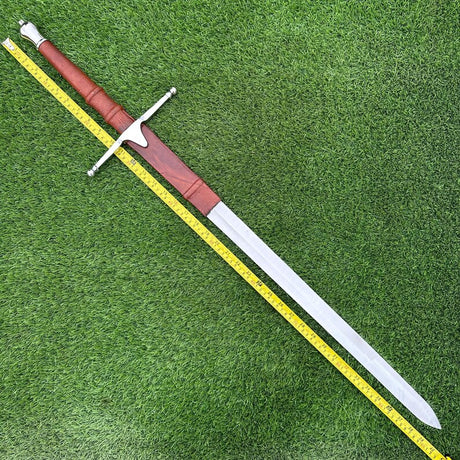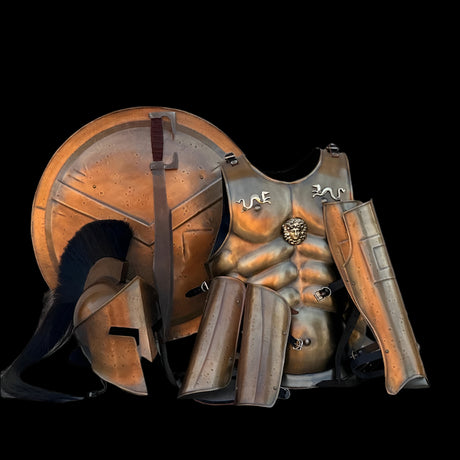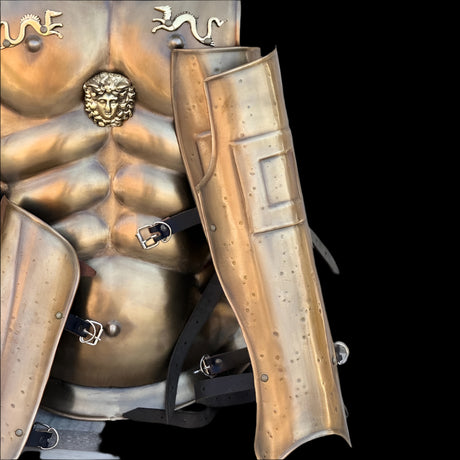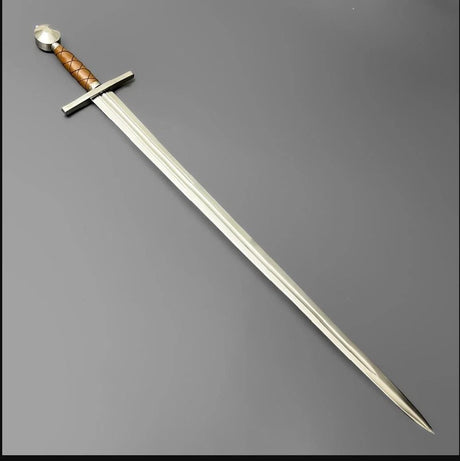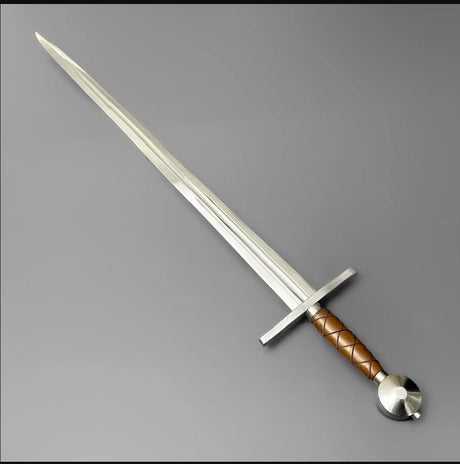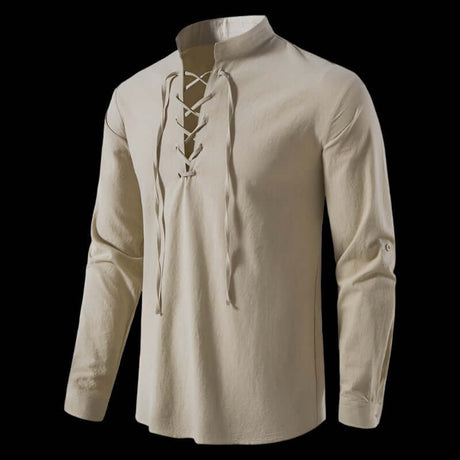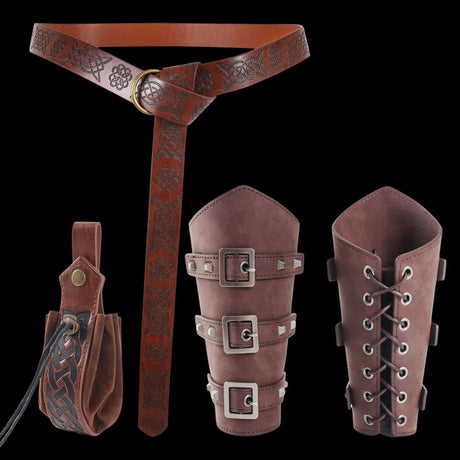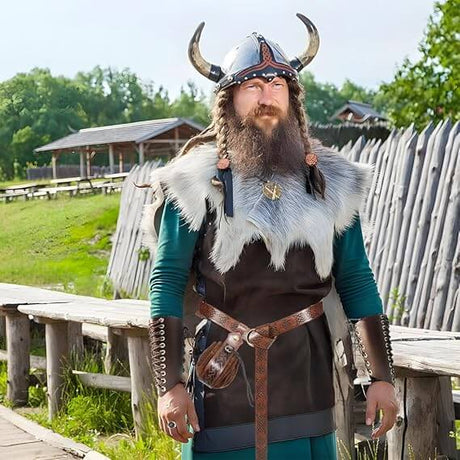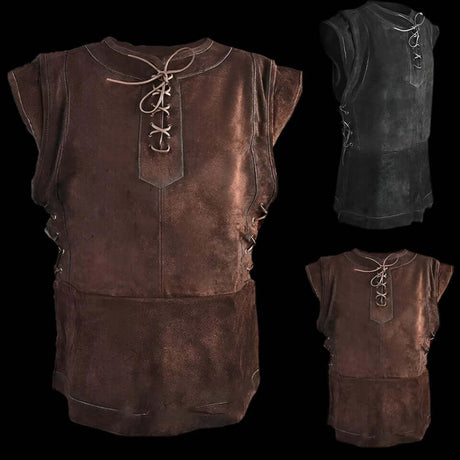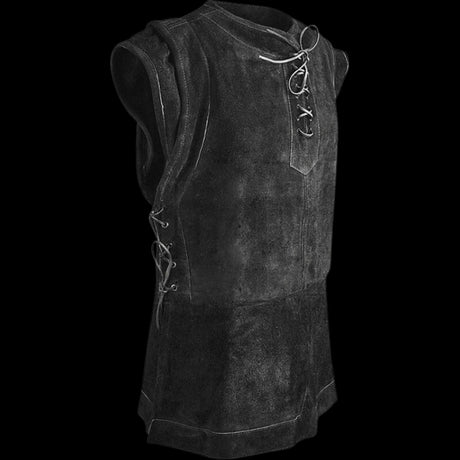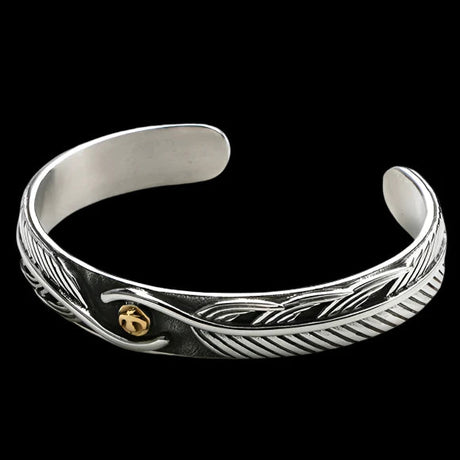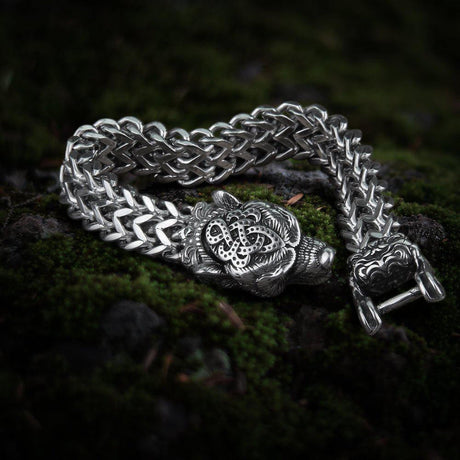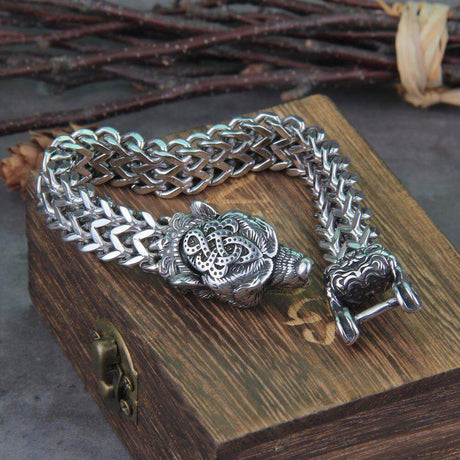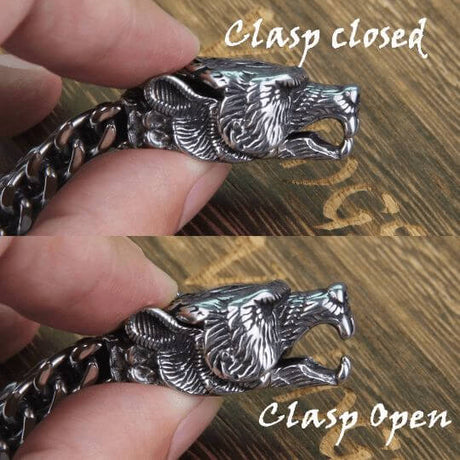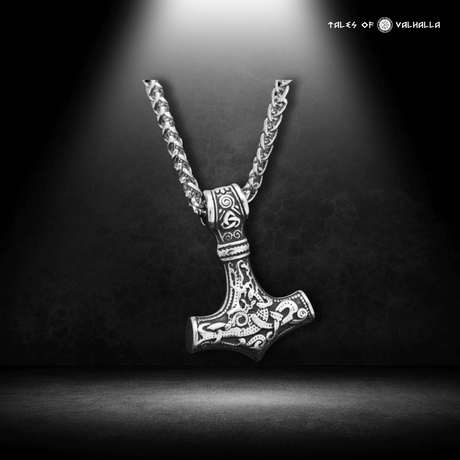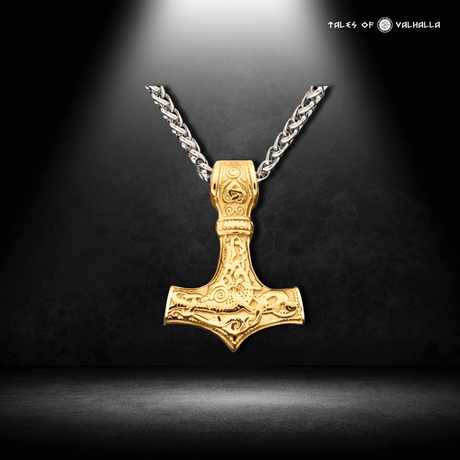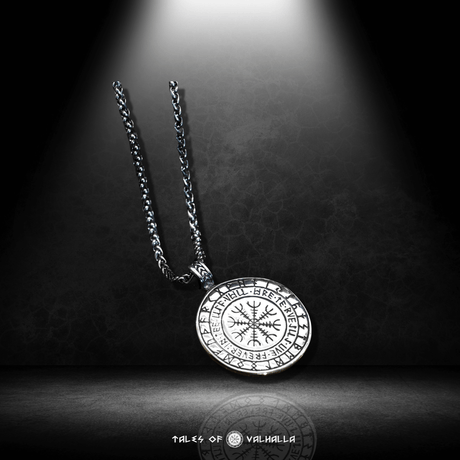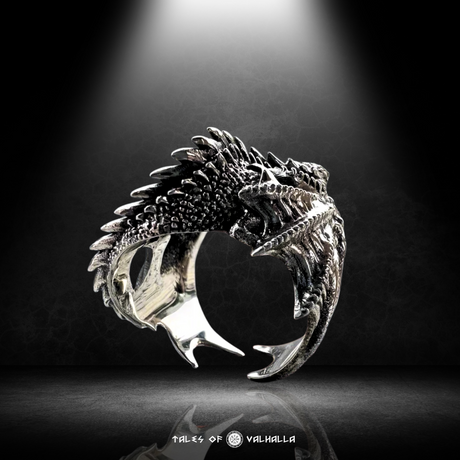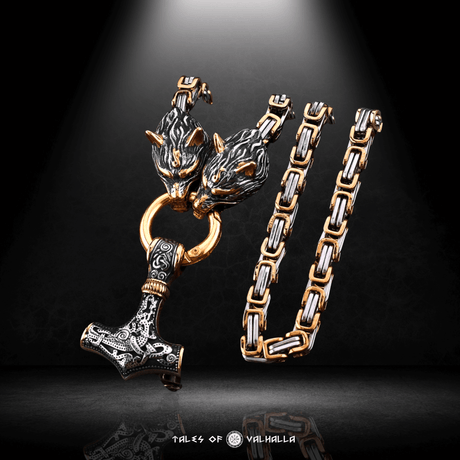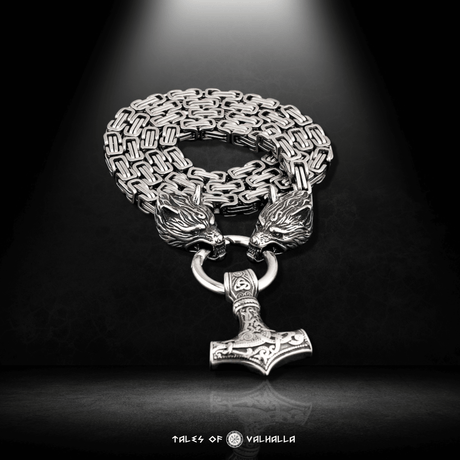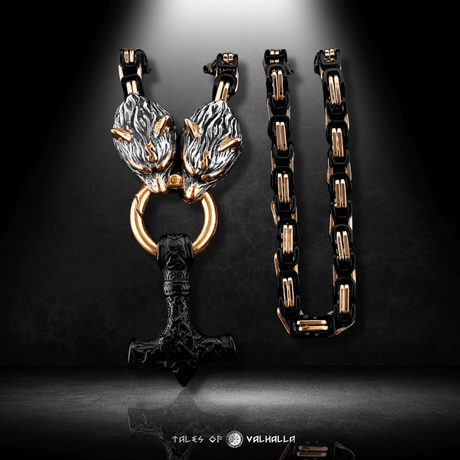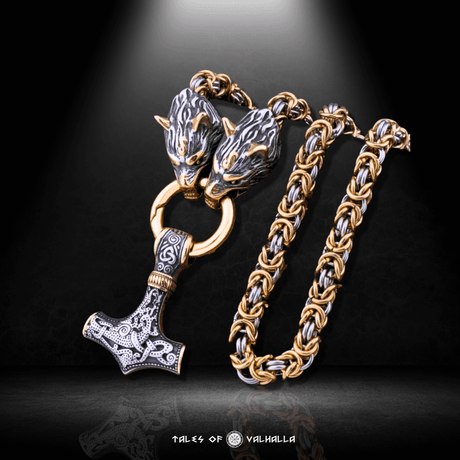The question seems simple: When did Vikings invade England? The common answer points to a single, terrifying date: 793 AD, with the raid on the holy island of Lindisfarne. While that event was undeniably the brutal opening act, the full story of how Vikings invade England is not a single incident but a sweeping, three-century saga. It was a relentless tide that ebbed and flowed, transforming from shocking coastal raids to full-scale conquest, from settlement and integration to a final, desperate gamble for the English crown itself.
To truly understand this pivotal period of history, we must look at it not as one event, but as a drama in five acts. Each act reveals a different strategy, a new generation of leaders, and an evolving relationship between the Norse invaders and the Anglo-Saxon kingdoms. This is the complete story of how Vikings invade England, a narrative of fire and steel that forever changed the course of a nation.
Before the Storm: Anglo-Saxon England on the Eve of Invasion
To grasp the shock of the first Viking attacks, we must first picture the land they targeted. Late 8th-century England was not a single, unified country. It was a patchwork of rival Anglo-Saxon kingdoms known as the Heptarchy, including powerful realms like Northumbria, Mercia, and Wessex. These kingdoms were frequently at war with one another, creating a landscape of political instability.

Before the Storm: Anglo-Saxon England on the Eve of Invasion
Their wealth was often concentrated in monasteries. These coastal and riverine communities were not just centers of prayer; they were hubs of learning, art, and immense, portable wealth in the form of gold chalices, silver relics, and illuminated manuscripts. Crucially, they were almost entirely undefended, built on the assumption that no one would dare attack a holy site. It was a vulnerability the Norsemen would exploit with ruthless efficiency.
Act I: The First Shockwave – The Hit-and-Run Raids (Late 8th Century)
The initial phase of when Vikings invade England was characterized by sudden, terrifying, and brutally effective coastal raids. These were not invasions of conquest but violent smash-and-grab operations.
The Raid on Lindisfarne (793 AD): A Sacrilege that Shook the World
On a quiet June day in 793 AD, the monks of the holy island of Lindisfarne saw strange ships on the horizon. The arrival of these longships marked a turning point in English history. The Anglo-Saxon Chronicle, a key historical source, records the event with horror:
"In this year fierce, foreboding omens came over the land of the Northumbrians, and the wretched people shook; there were excessive whirlwinds, lightning, and fiery dragons were seen flying in the air. A great famine soon followed these signs; and a little after that in the same year... the harrying of the heathen miserably destroyed God's church in Lindisfarne by rapine and slaughter."
The Vikings killed the monks, plundered the monastery of its priceless treasures, and took others as slaves. The attack on this revered center of Christianity was a profound psychological blow to the Anglo-Saxon world. It announced that a new, fearsome, and pagan force had arrived, one that did not respect the old rules.
Story Vignette 1: The Monk's Terror Brother Aidan huddled in the scriptorium, the salty air now thick with the acrid smell of smoke. The sacred quiet of his world, a world of prayer and painstaking calligraphy, had been shattered by guttural shouts and screams. He could hear the splintering of wood as the Northmen broke down the door to the reliquary. They were not just thieves; they were a storm, a force of nature that cared nothing for the sanctity of this place. He clutched an illuminated gospel, a lifetime of work, and prayed. The horror of this first instance of when Vikings invade England was in its sacrilege, its violation of a sacred peace that had been taken for granted.
The Nature of Early Raids
For several decades following Lindisfarne, this became the pattern. Small fleets of longships would appear without warning, strike a vulnerable coastal target, and disappear with their plunder before a local defense could be mustered. This was asymmetrical warfare at its finest, and the Anglo-Saxon kingdoms, lacking a standing navy, were almost powerless to stop it.
Act II: The Great Heathen Army – Conquest and Settlement (865-878 AD)
The second act in the saga of how Vikings invade England marked a dramatic escalation. The hit-and-run raids gave way to a full-scale invasion with the intent of conquest.
A Shift in Strategy: From Plunder to Power
In the autumn of 865 AD, a massive coalition of Norse warriors, known in the Anglo-Saxon Chronicle as the mycel hæþen here or "Great Heathen Army," landed in East Anglia. This was unlike any Viking force seen before. It was larger, more organized, and it did not leave at the end of the raiding season. It was here to stay.
The Sons of Ragnar Lothbrok: A Legendary Vengeance
The sagas claim this army was led by the sons of the legendary Viking hero Ragnar Lothbrok, including Ivar the Boneless, Halfdan, and Ubba. The narrative motive was to avenge Ragnar's death at the hands of King Ælla of Northumbria. While the direct link to Ragnar is likely a later literary invention, the leaders themselves were very real and formidable figures.
The Fall of Kingdoms
Over the next decade, the Great Heathen Army carved a path of destruction across England. Their campaign was a masterclass in Viking warfare.
- Northumbria (867 AD): The army exploited a civil war in Northumbria, capturing the capital city of York and killing King Ælla.
- East Anglia (869 AD): They overwintered in East Anglia, then conquered the kingdom and martyred its king, Edmund.
- Mercia (874 AD): They drove the Mercian king into exile and installed a puppet ruler, effectively taking control of the kingdom.
By 875, only one Anglo-Saxon kingdom remained standing: Wessex, in the south. The strategy of how Vikings invade England had evolved from theft to outright conquest.
Act III: A Kingdom Divided – The Danelaw and Alfred the Great (878-954 AD)
This act is a story of resistance, stalemate, and the emergence of two distinct cultures living side-by-side. The way Vikings invade England was now changing from conquest to settlement.

A Kingdom Divided – The Danelaw and Alfred the Great (878-954 AD)
The Treaty of Wedmore: A Line is Drawn
The Vikings, led by Guthrum, turned their full attention to Wessex. After initial successes, they were famously defeated by Alfred the Great at the Battle of Edington in 878 AD. This crucial victory did not expel the Vikings, but it halted their advance and led to the Treaty of Wedmore. Guthrum was baptized, and England was formally divided.
The Danelaw: A Viking Kingdom in England
The treaty established the Danelaw, a vast territory in the north and east of England where Norse law, language, and culture held sway. This was the birth of Anglo-Scandinavian England. Cities like York (Jórvík), Lincoln, and Leicester became major Viking centers. This was the era when Vikings invade England not as raiders, but as neighbors, farmers, and traders.
Story Vignette 2: The Farmer's Daughter Aethelflaed, a young Anglo-Saxon woman, lived on a farm just inside the borders of Wessex, but close enough to the Danelaw to see its influence. She heard the strange, lilting Norse words of the merchants who came to their market, selling amber and furs. She saw the different styles of their dress and the unfamiliar symbols carved on their jewelry. There was an uneasy peace. Her father still kept his spear by the door, and the stories of the Great Army's fury were told in hushed tones. But there was also trade, intermarriage, and a slow, grudging blending of two peoples. The reality of when Vikings invade England had become her daily life.
A Time of Coexistence and Conflict
The late 9th and early 10th centuries were a period of both conflict and cultural exchange. Alfred and his successors, including his daughter Æthelflæd, Lady of the Mercians, fought to contain the Danelaw and eventually began the long, arduous process of reconquering it, culminating in the expulsion of the last Viking king of York, Eric Bloodaxe, in 954 AD.
Act IV: The Second Viking Age – Royal Invasions and a Danish Throne (980-1016 AD)
Just as it seemed the Viking threat had been contained, a new and even more formidable wave of attacks began. This "Second Viking Age" was different; these were not independent warbands, but state-sponsored invasions led by powerful Scandinavian kings.
Renewed Raids and the Burden of Danegeld
Starting around 980 AD, organized raids, often led by figures like Olaf Tryggvason of Norway and Sweyn Forkbeard of Denmark, began to hammer England once more. The English king, Æthelred the Unready, adopted a disastrous policy of paying massive tributes, or Danegeld, to buy off the invaders. These payments, recorded in the Anglo-Saxon Chronicle, were enormous, crippling the English economy and only encouraging more attacks.
Sweyn Forkbeard's Conquest: A Viking King of England
Fed up with the intermittent payments, the Danish king Sweyn Forkbeard decided to take the ultimate prize. In 1013, he launched a full-scale invasion. This time, the goal of the Vikings invade England campaign was the crown itself. With English resistance collapsing, Æthelred fled into exile, and Sweyn was declared King of all England on Christmas Day, 1013.
Canute the Great and the North Sea Empire
Sweyn died just a few weeks later, but his son, Canute the Great, after a period of further conflict, solidified Danish control. Canute became one of the most effective and respected kings in English history. He ruled a vast North Sea Empire that included England, Denmark, Norway, and parts of Sweden. This period, from 1016 to 1035, represented the zenith of Norse power in England, the ultimate success of the long campaign that began when Vikings invade England.
Act V: The Final Gamble – The Battle for the Crown (1066 AD)
The final act of the saga of how Vikings invade England is the dramatic and bloody year of 1066. Following the death of the childless King Edward the Confessor, the English throne was contested by three powerful claimants.
The Succession Crisis
- Harold Godwinson: The most powerful English earl, crowned king by the English council.
- William, Duke of Normandy: A distant cousin of Edward, who claimed the throne had been promised to him. He was, ironically, of Viking descent himself.
- Harald Hardrada, King of Norway: A legendary Viking warrior, known as the "Thunderbolt of the North," who had a tenuous claim to the throne.
Harald Hardrada's Invasion: The Last Great Viking Charge
Harald Hardrada saw his chance. He assembled a massive fleet and invaded the north of England, joined by Harold Godwinson's estranged brother, Tostig. They were initially successful, defeating a northern English army at the Battle of Fulford.
The Battle of Stamford Bridge: The End of an Era
King Harold Godwinson, displaying incredible speed and generalship, force-marched his army north and caught the Norwegian army by surprise at Stamford Bridge on September 25, 1066.

Story Vignette 3: The Saxon Huscarl's Stand Eadric, a veteran huscarl in King Harold's army, leaned on his shield, his breath ragged. The march north had been brutal, but now they faced the last great Viking horde. He watched as the Norwegian king, the giant Harald Hardrada, fought like a berserker, his great two-handed axe a blur of motion. For a moment, it seemed the old terror of the Northmen might overwhelm them. But then an arrow found its mark, and the great king fell. The battle turned into a rout. As Eadric helped drive the last of the invaders back across the bridge, he felt a sense of finality. This felt different. It felt like the end of something, the last echo of the storm that had battered England for centuries. This final, failed attempt of when Vikings invade England was a bloody full stop.
The English won a decisive victory, and both Hardrada and Tostig were killed. This battle is often cited as the symbolic end of the Viking Age.
A Timeline of Invasion: Key Dates and Events
The Enduring Legacy: How the Viking Invasions Shaped England
The impact of the three centuries during which Vikings invade England was profound and permanent.
- Language: The English language is rich with words of Old Norse origin, a direct result of the Danelaw. Words like sky, skin, leg, window, husband, law, anger, ugly, want, and even the pronouns they, them, their come from the Norse.
- Place Names: Thousands of towns and villages in the former Danelaw still bear their Norse names, often ending in suffixes like -by (farmstead, village), -thorpe (outlying settlement), and -toft (homestead).
- Law and Governance: The Danelaw introduced its own legal customs and administrative divisions, some of which influenced the development of English law.
- Genetic Heritage: Modern DNA studies have shown a significant and lasting Scandinavian genetic contribution to the population of Northern and Eastern England. The story of when Vikings invade England is written in the very DNA of the English people.
Conclusion
When did Vikings invade England? Not in a single moment, but across 300 years—beginning with raids, rising to conquest, crowned with a Danish king, and closing with a bloody battle in Yorkshire.
Yet their story is more than war. The Norse came as raiders but stayed as settlers, shaping language, laws, and cities, becoming part of England itself. At Tales of Valhalla, we remember them not just as warriors, but as builders of a legacy still echoing through history.











